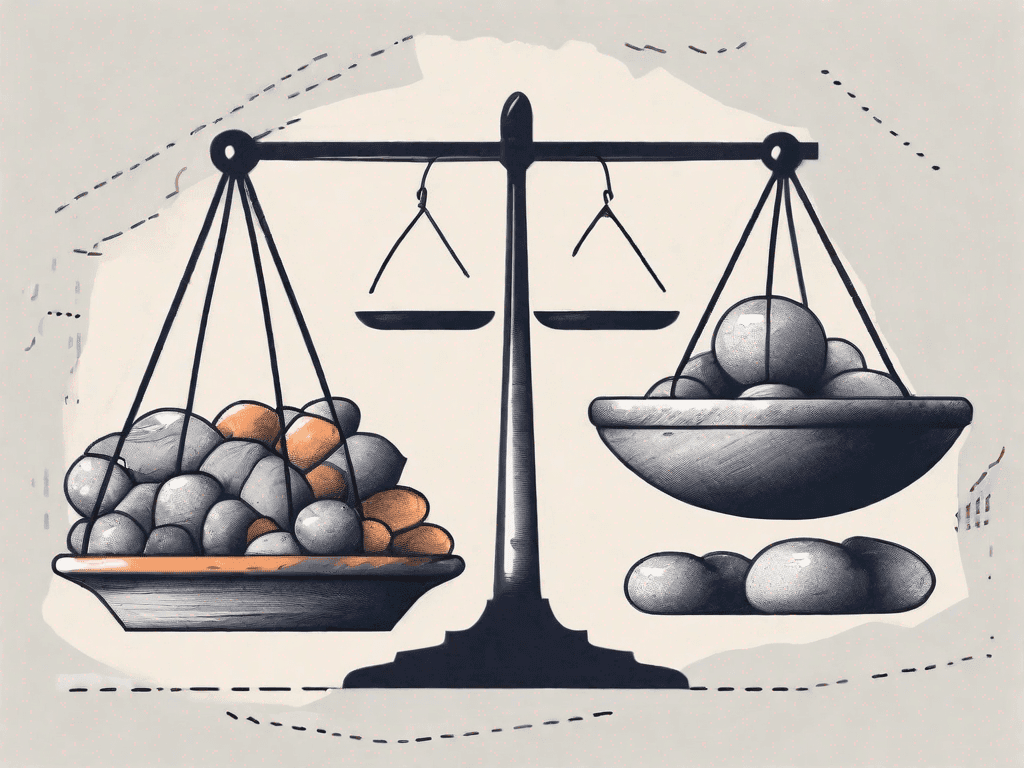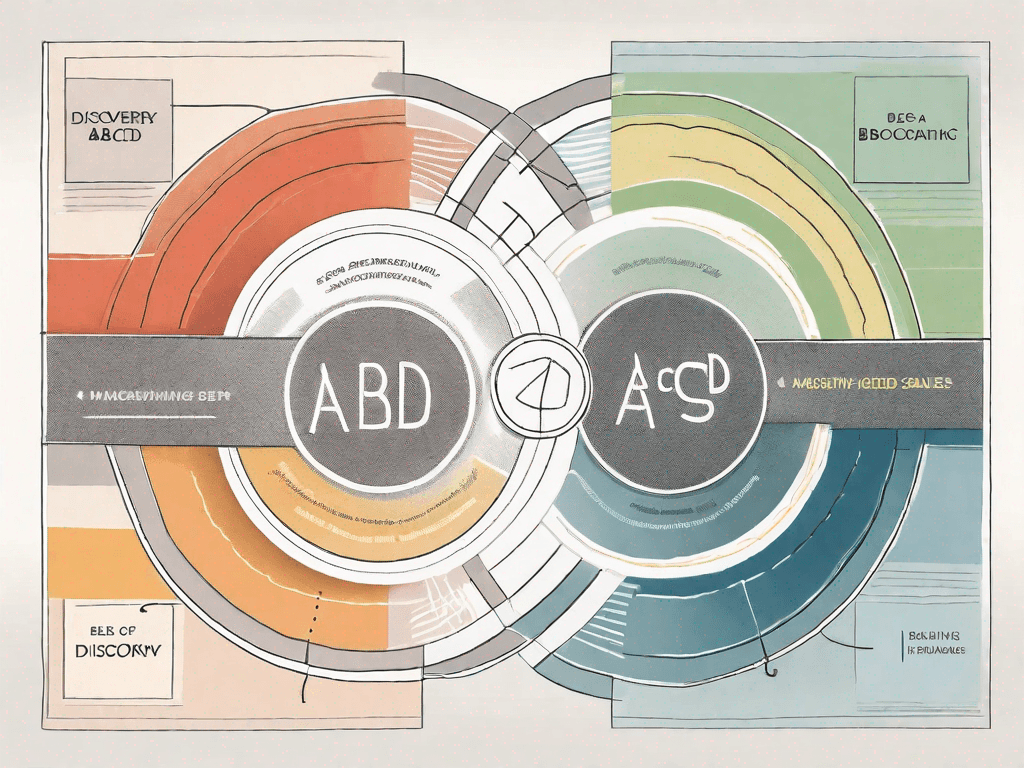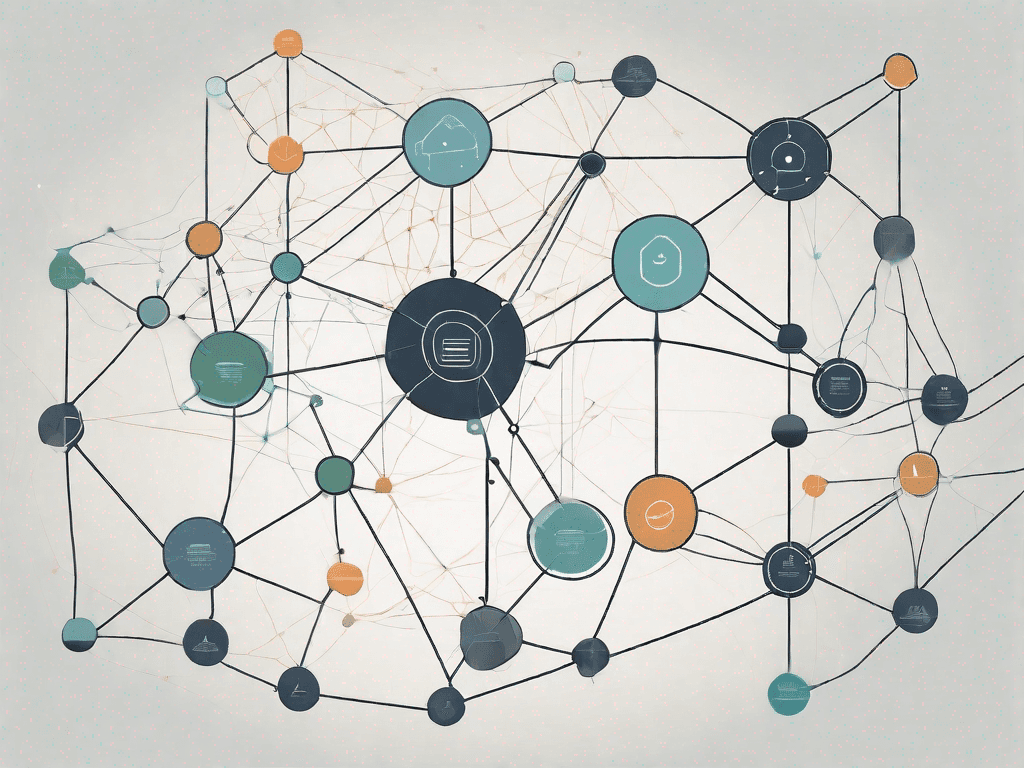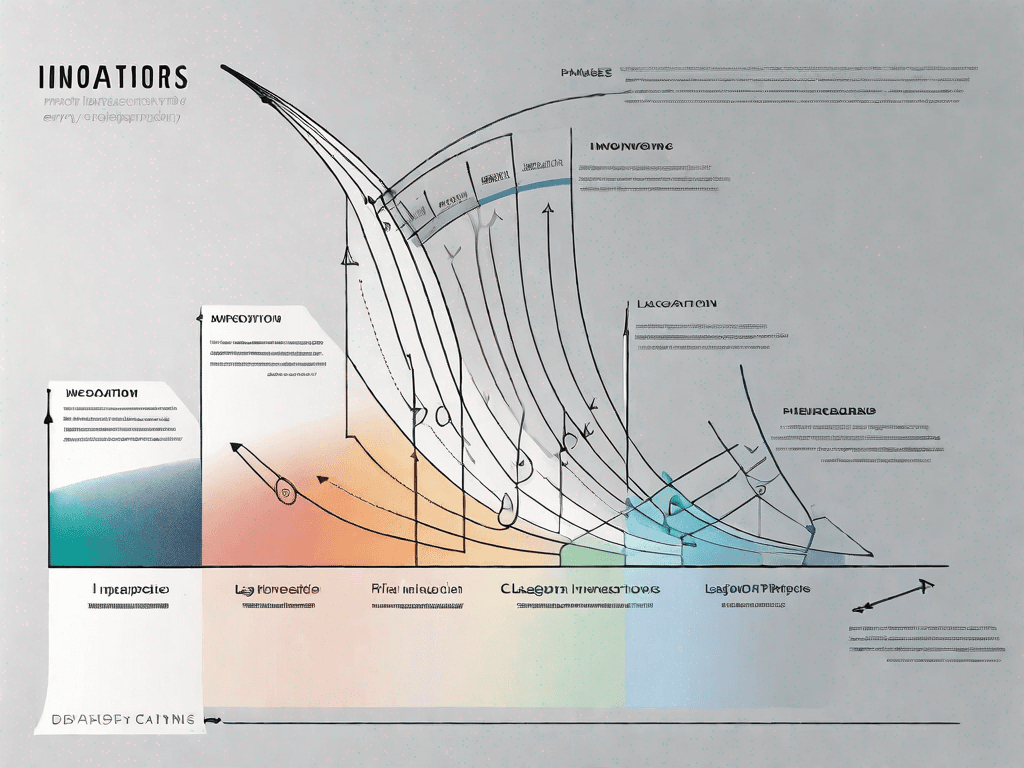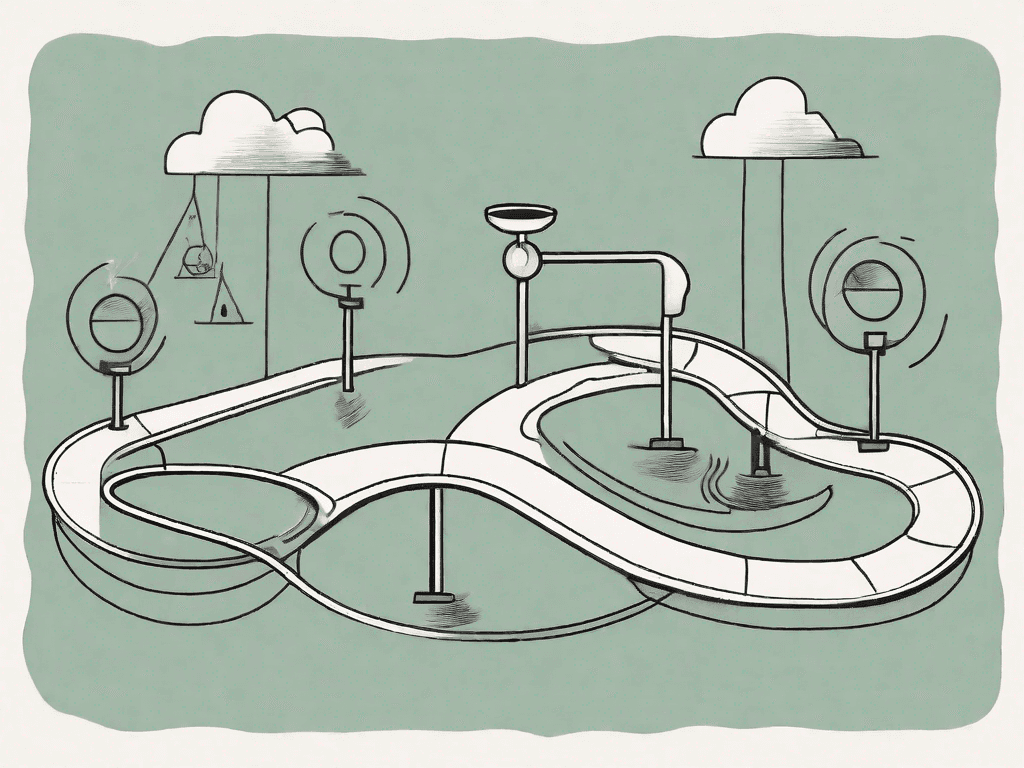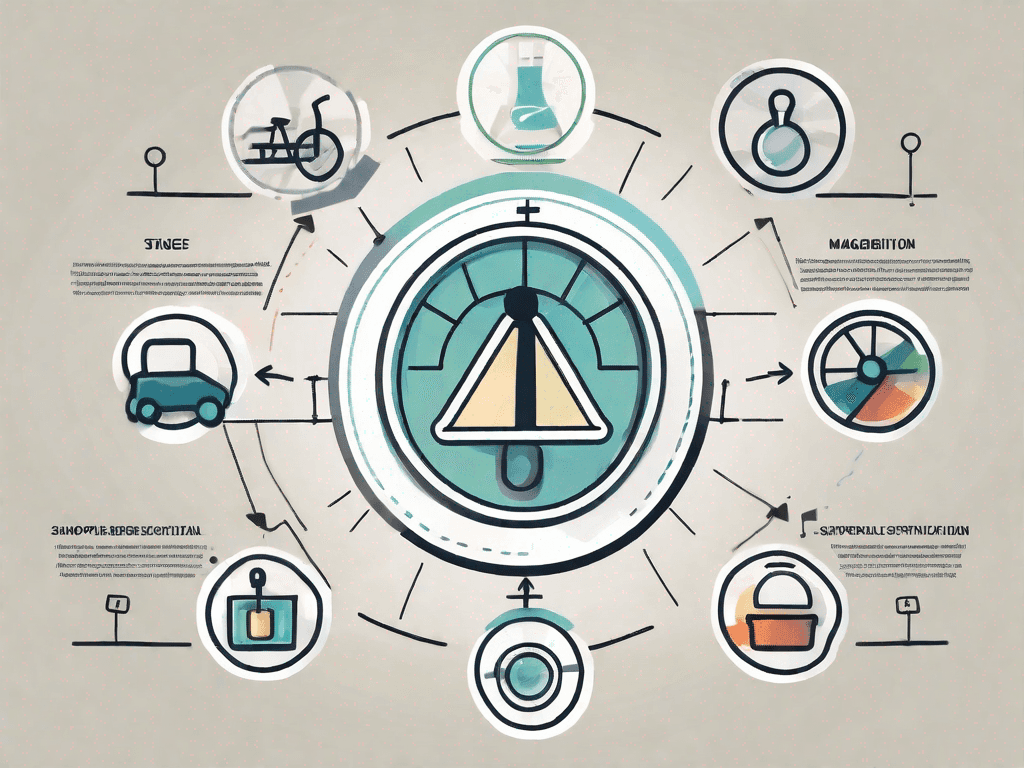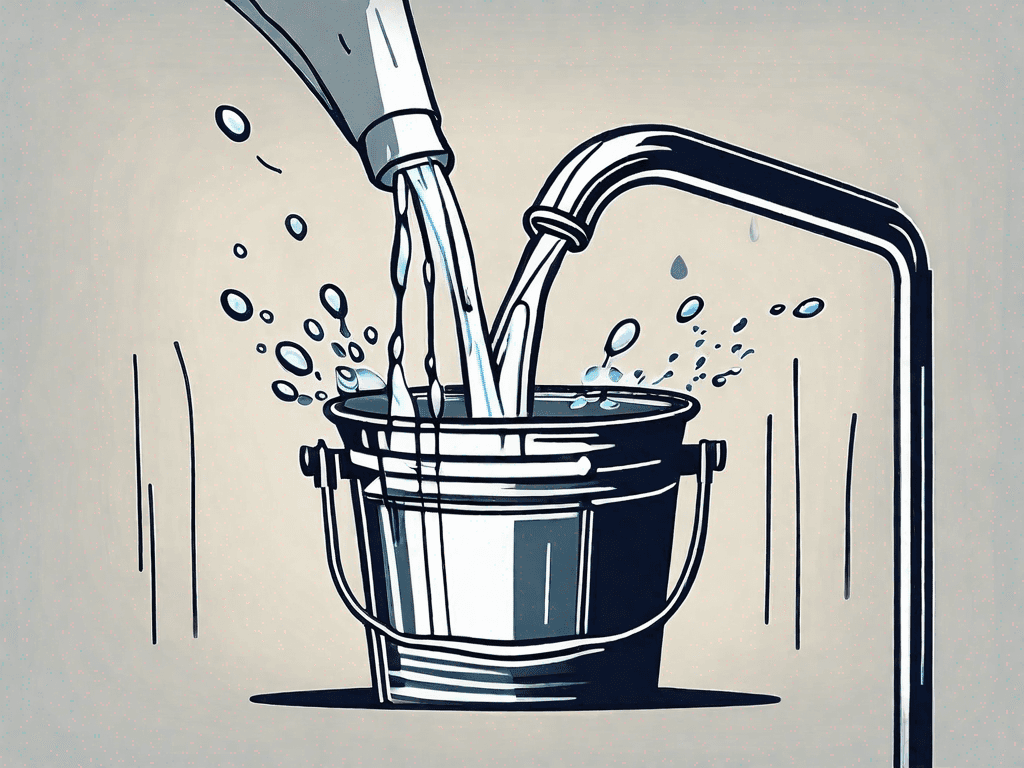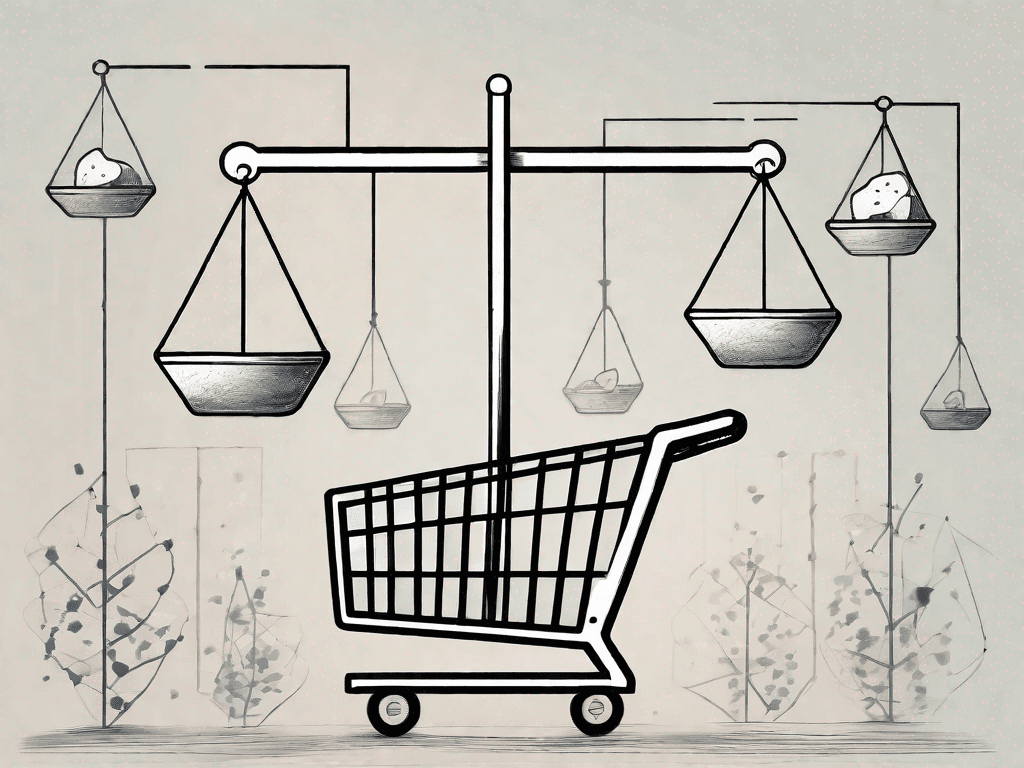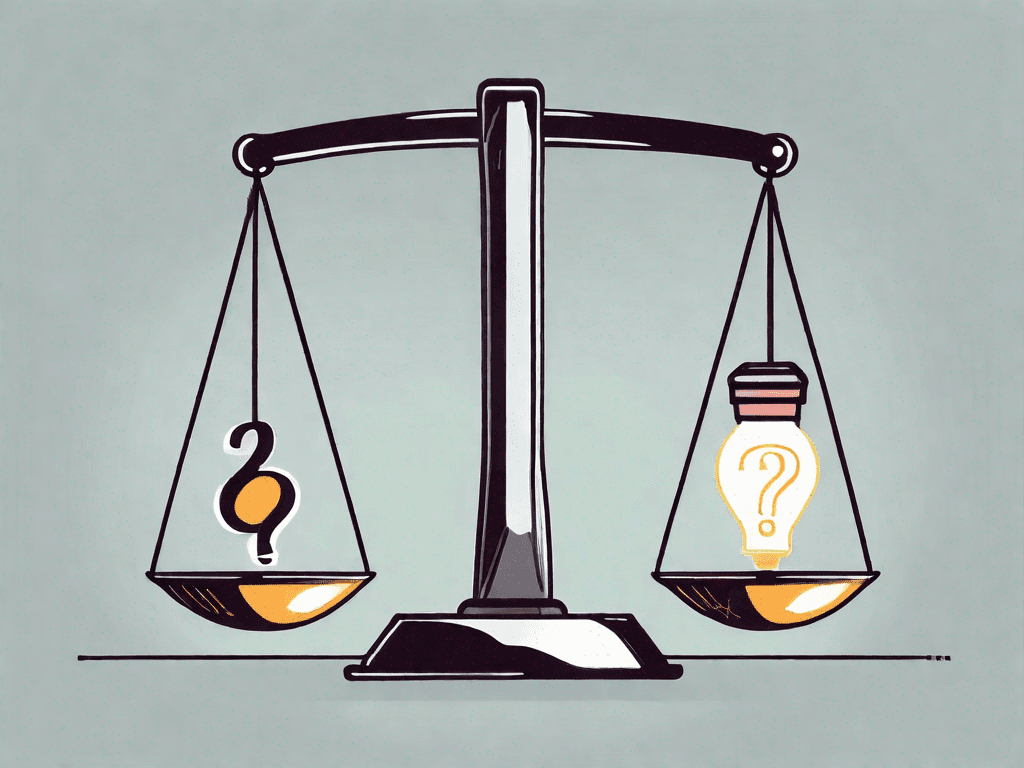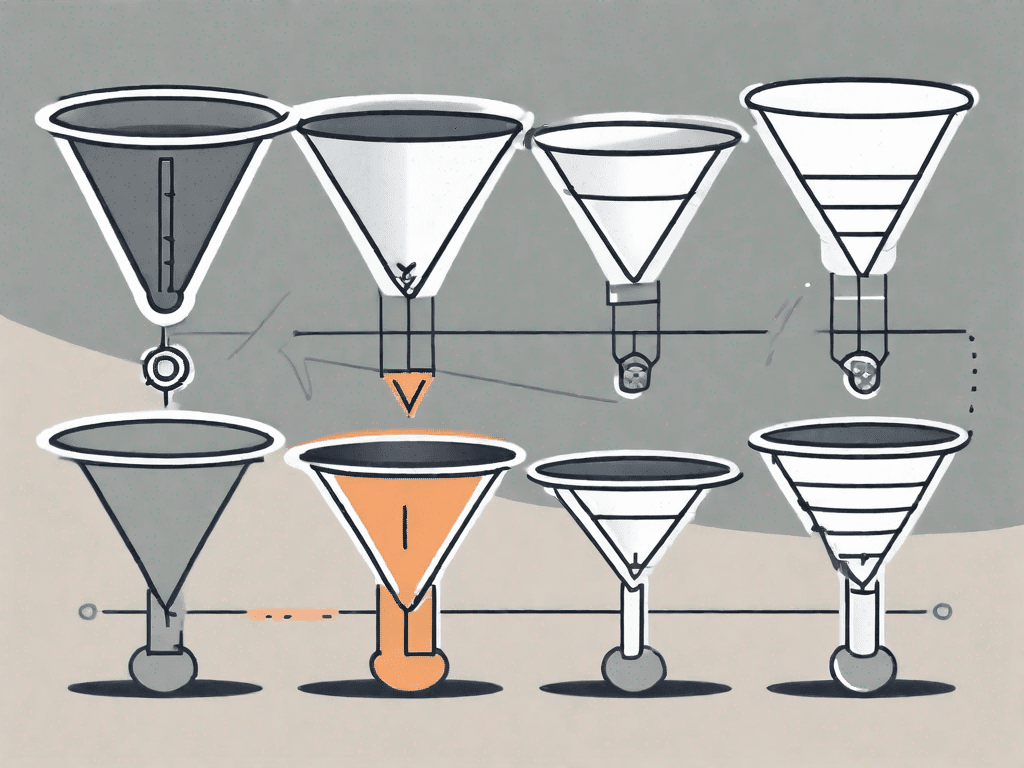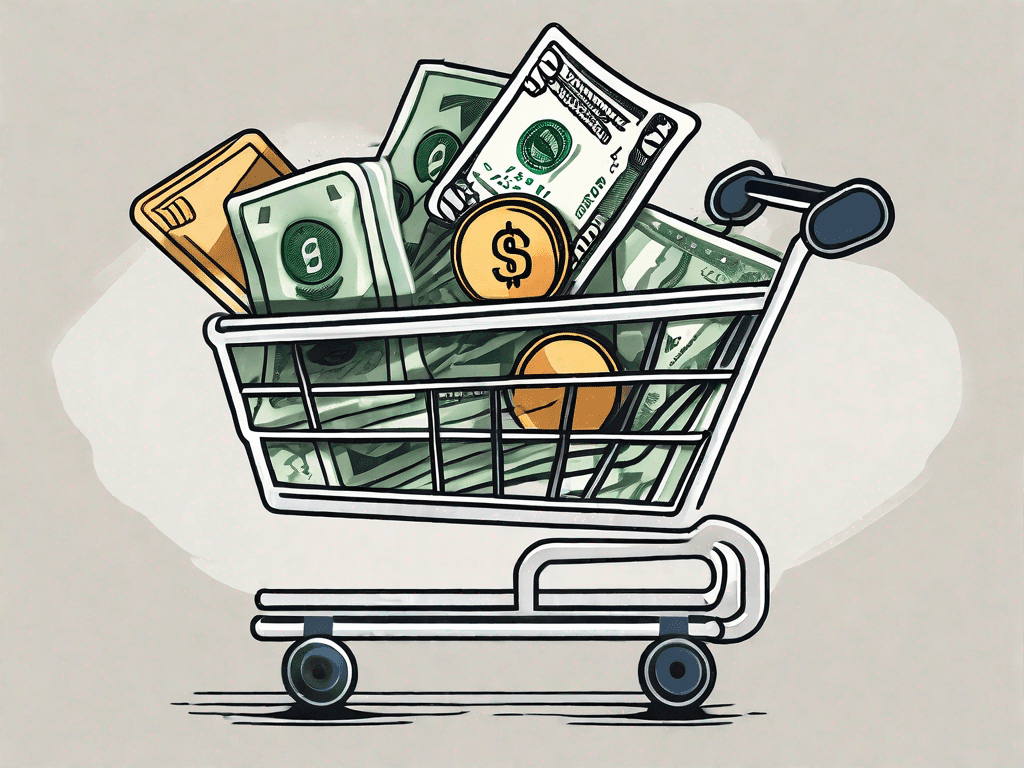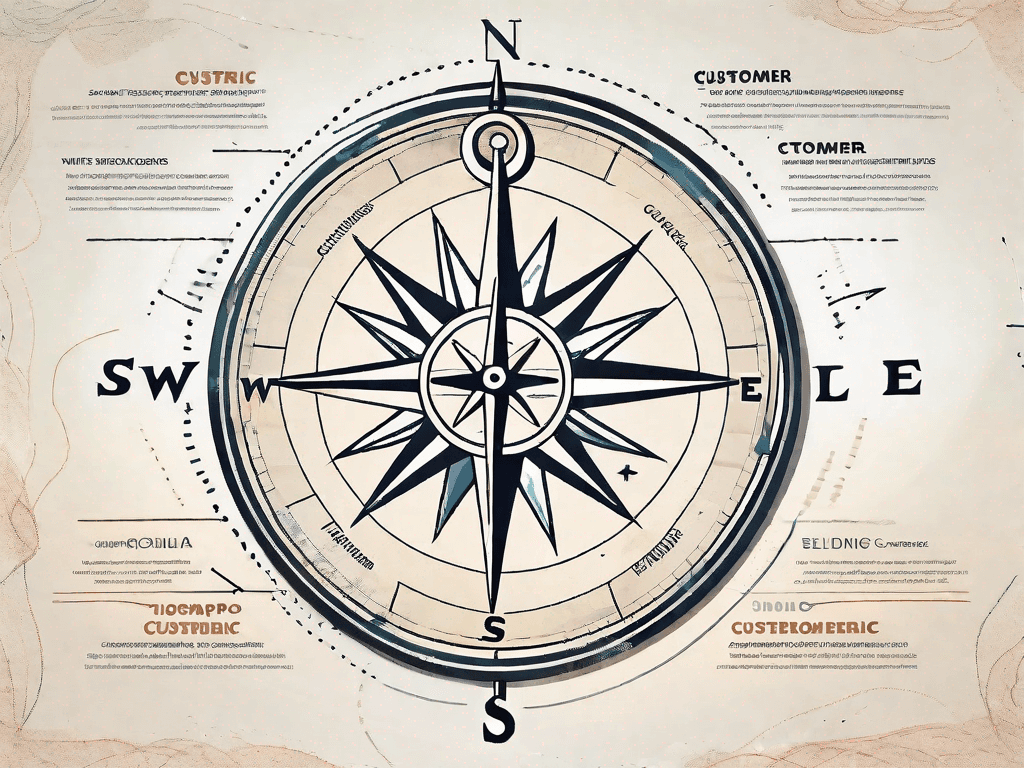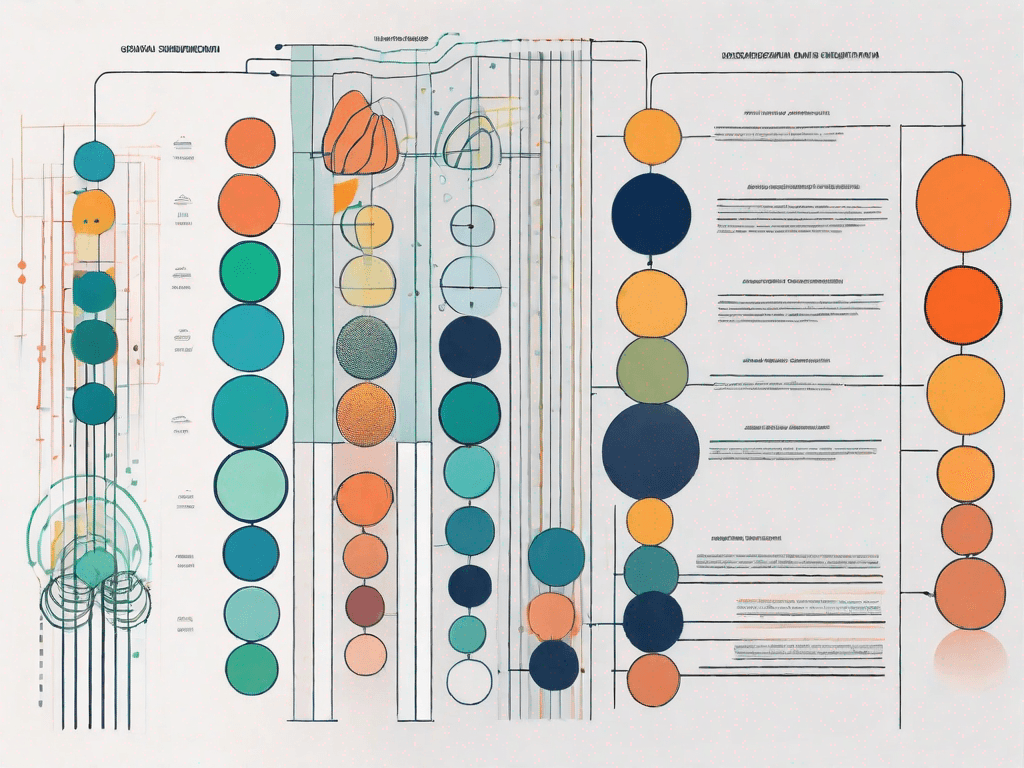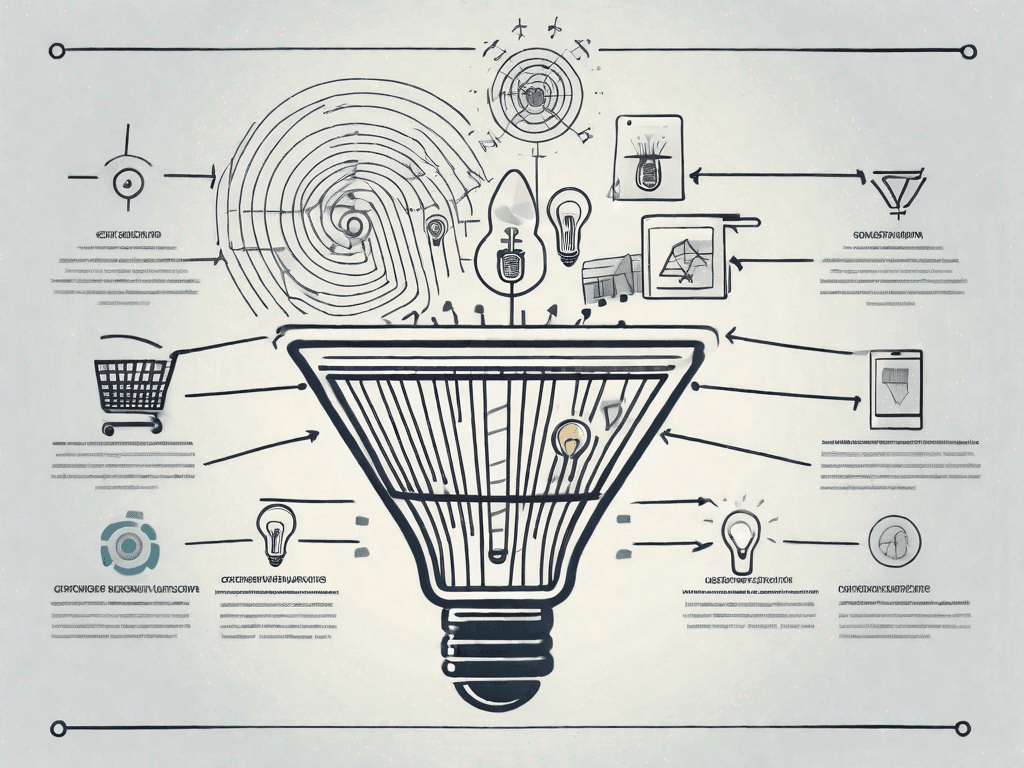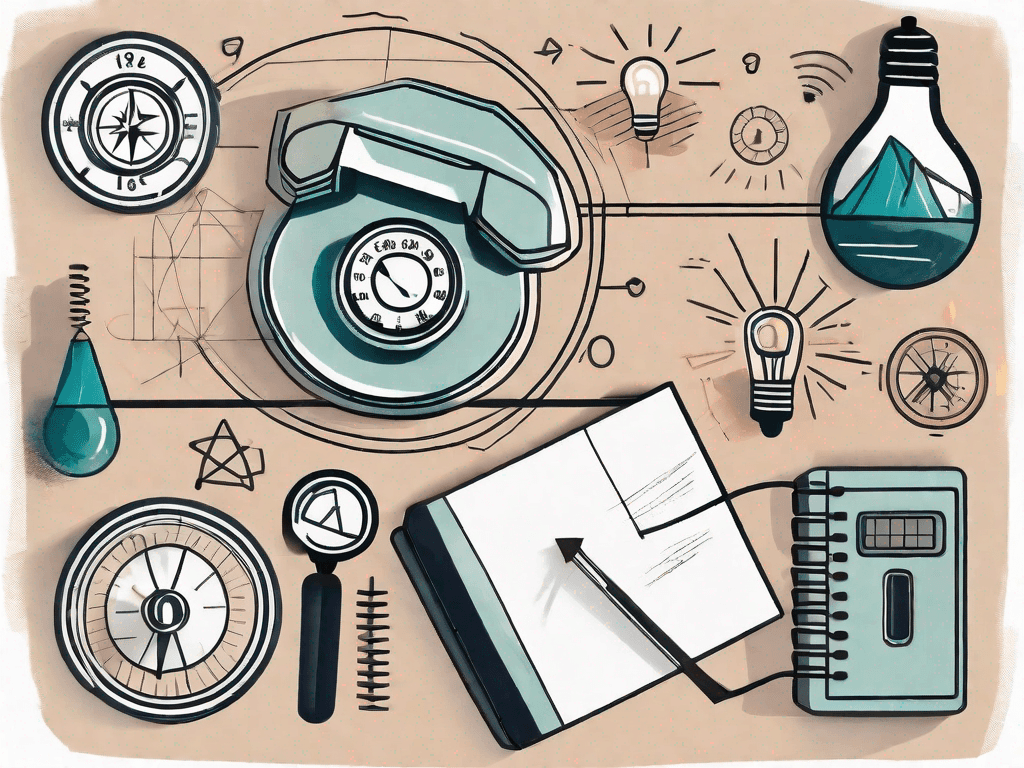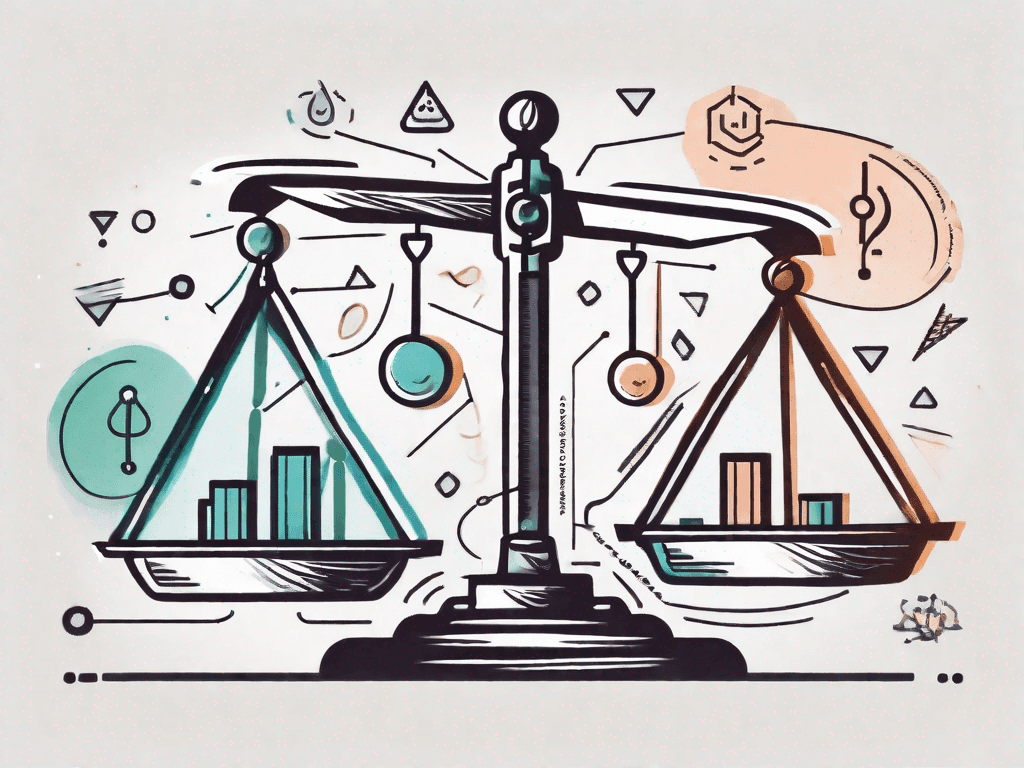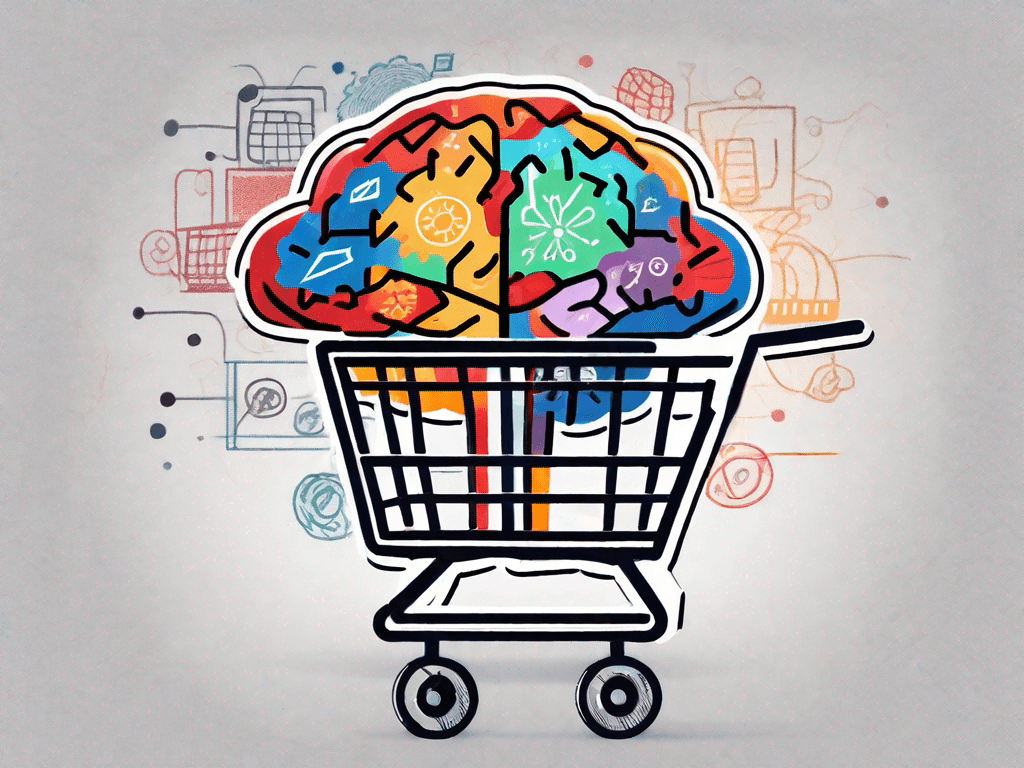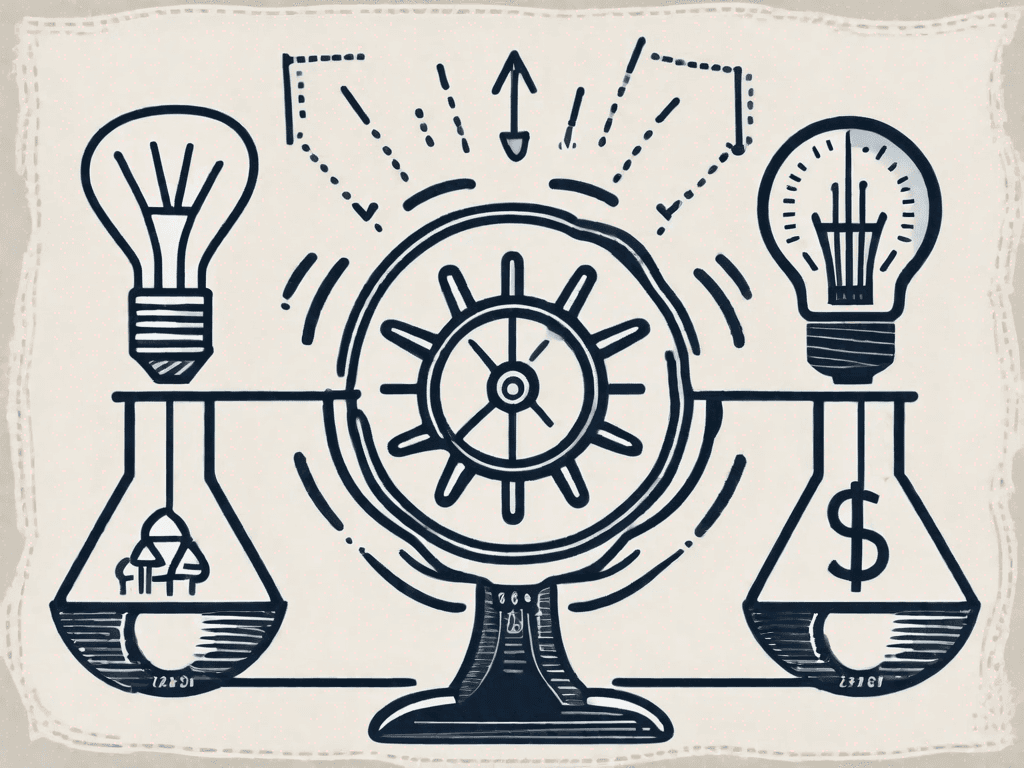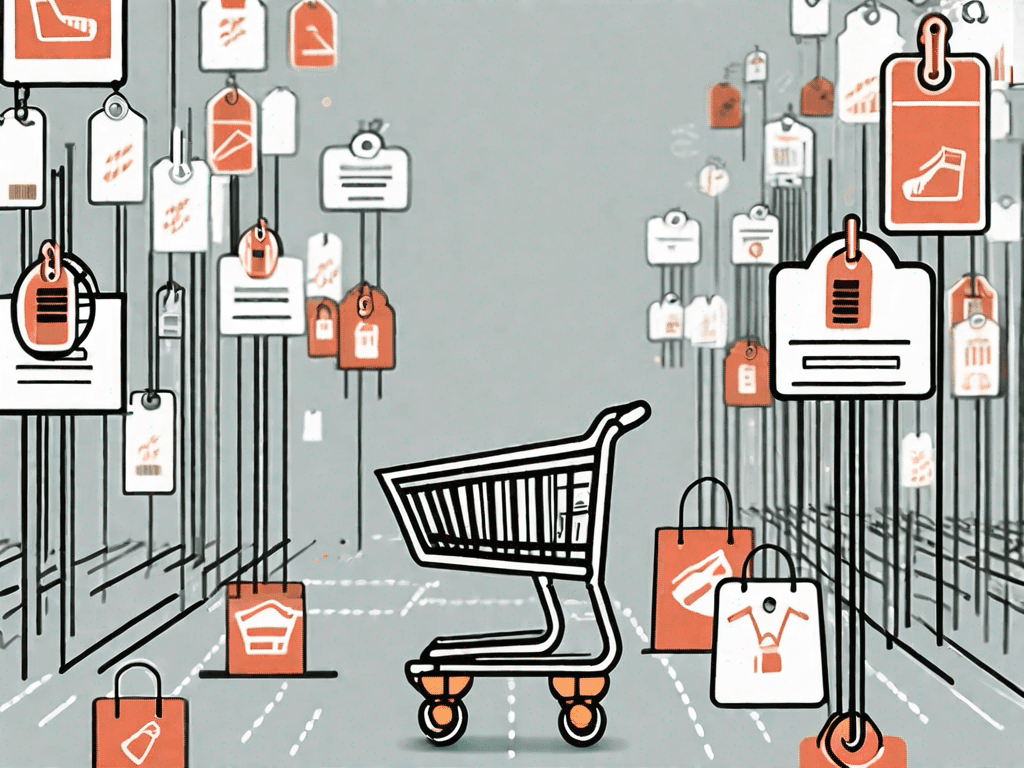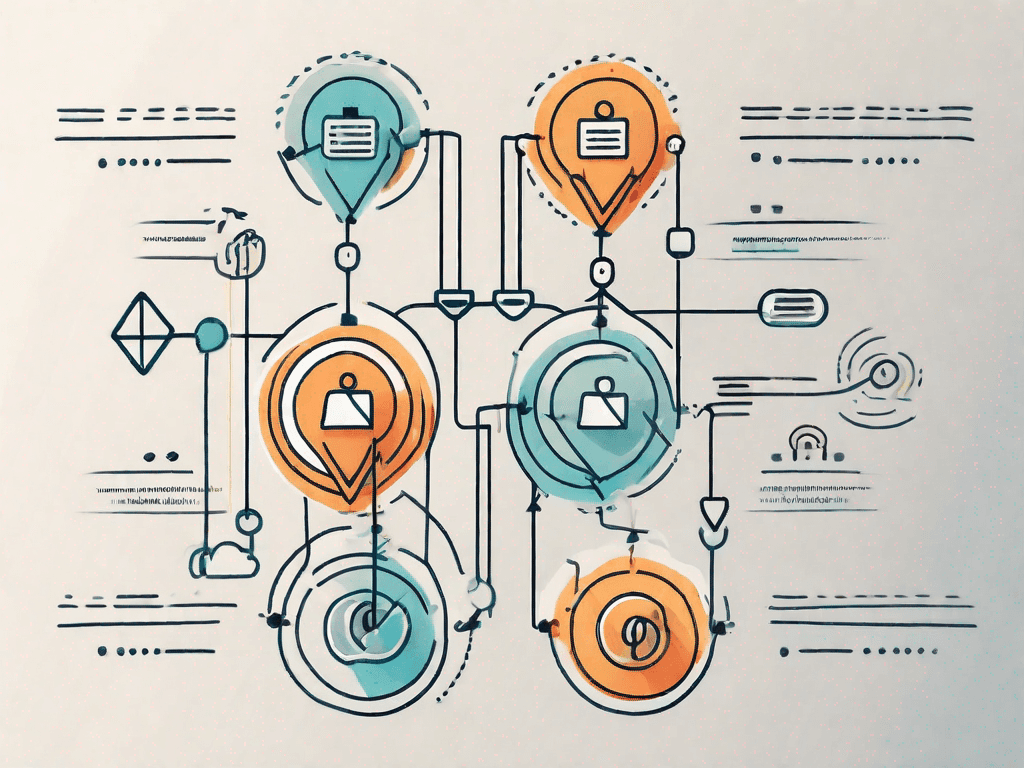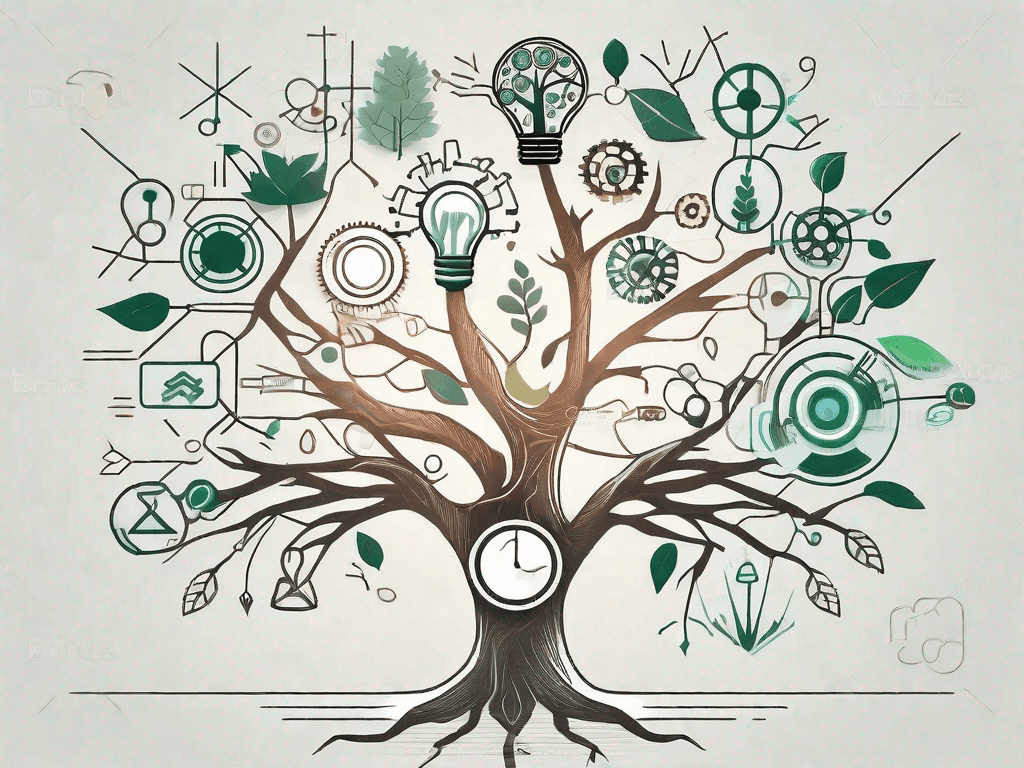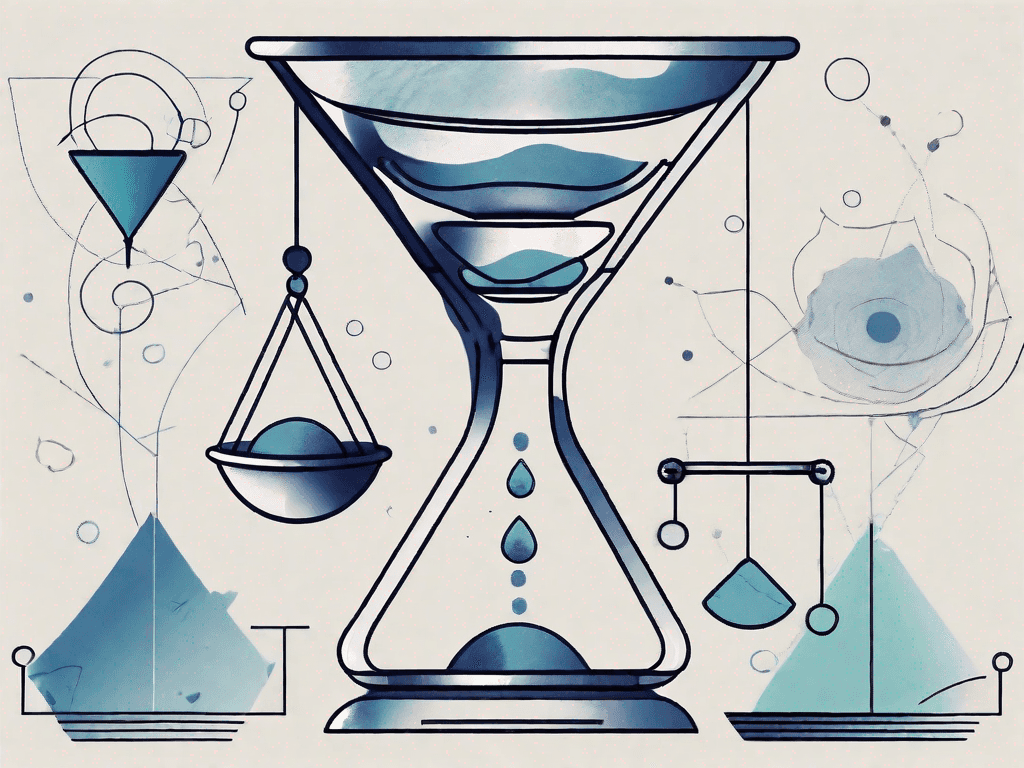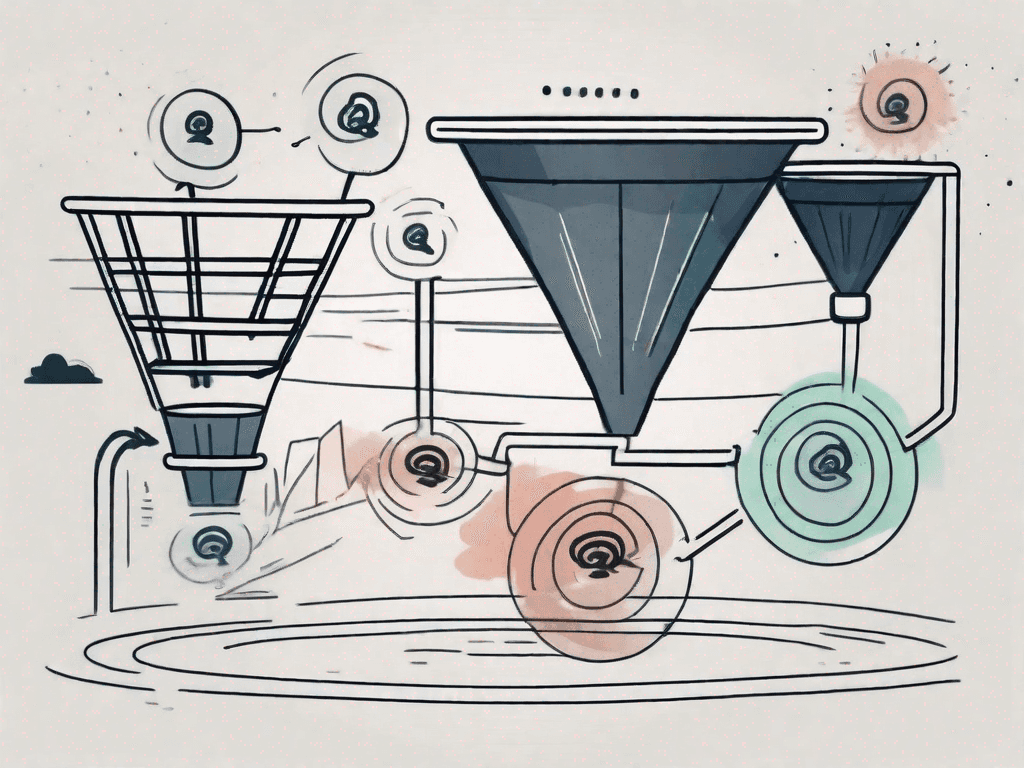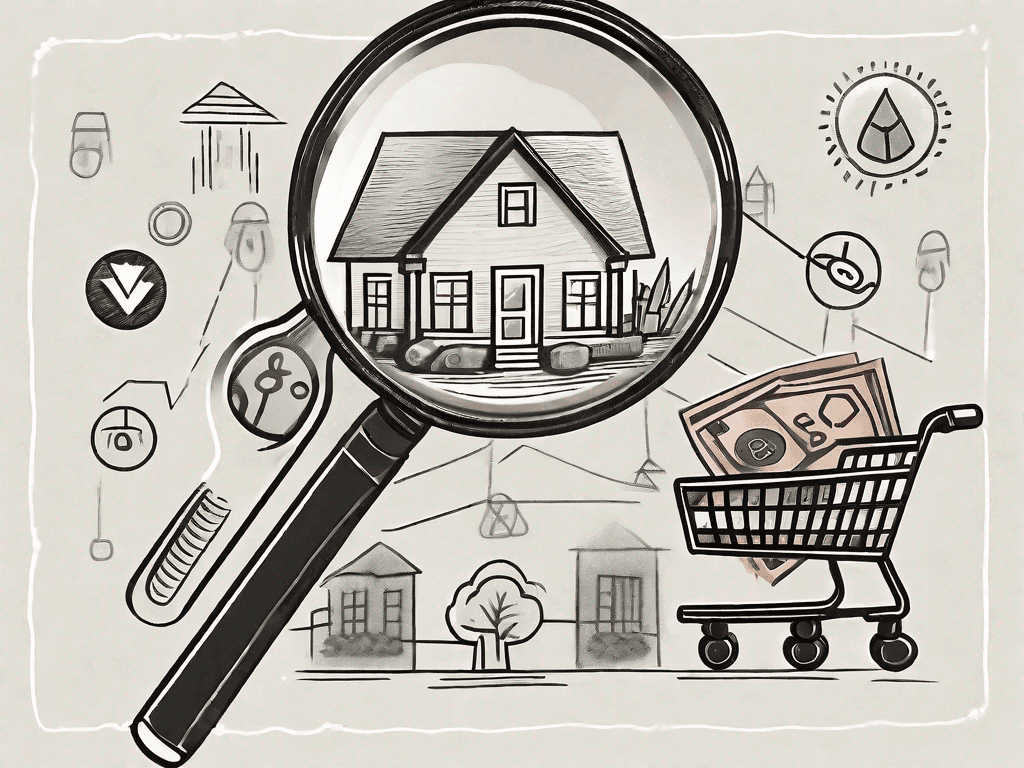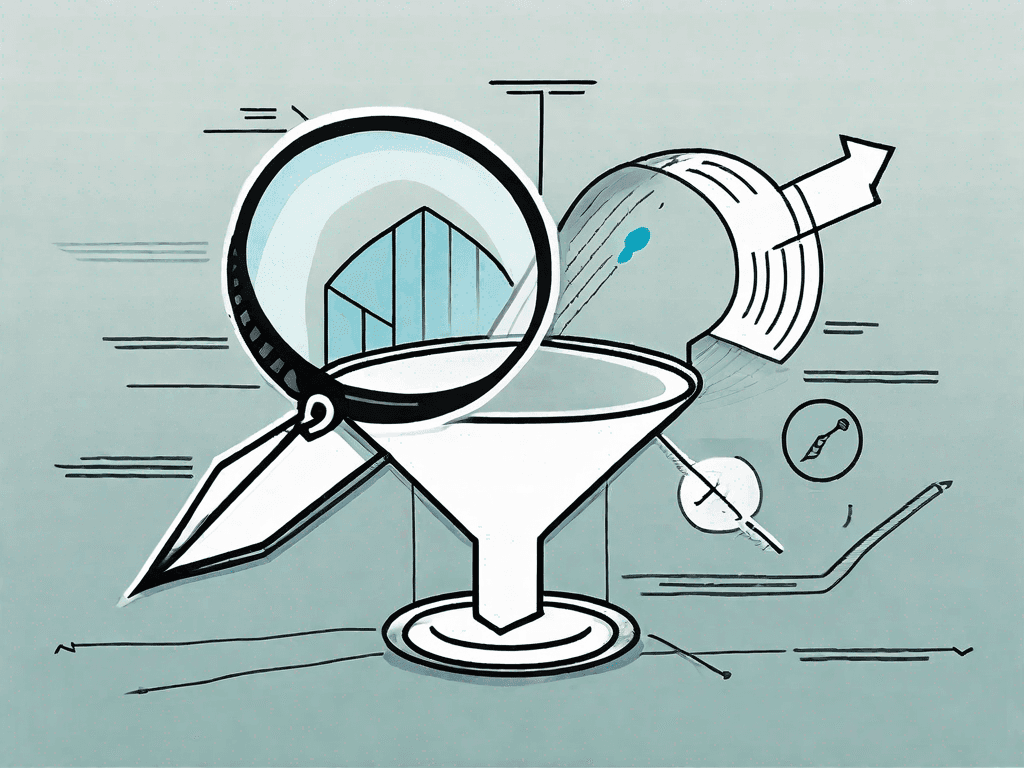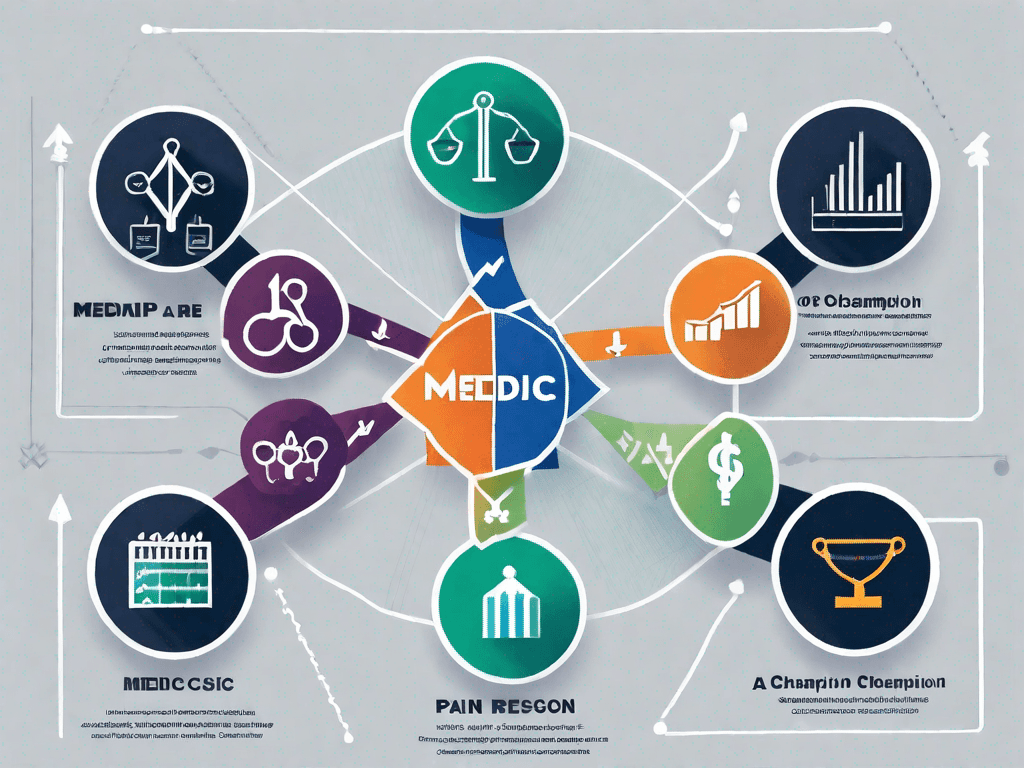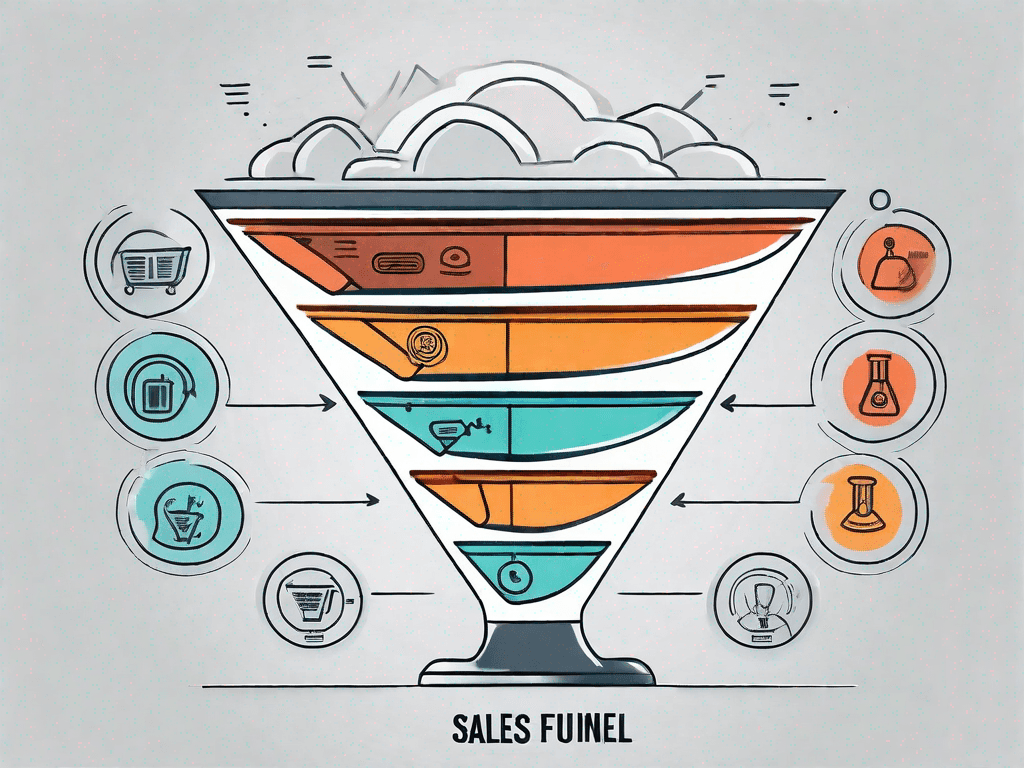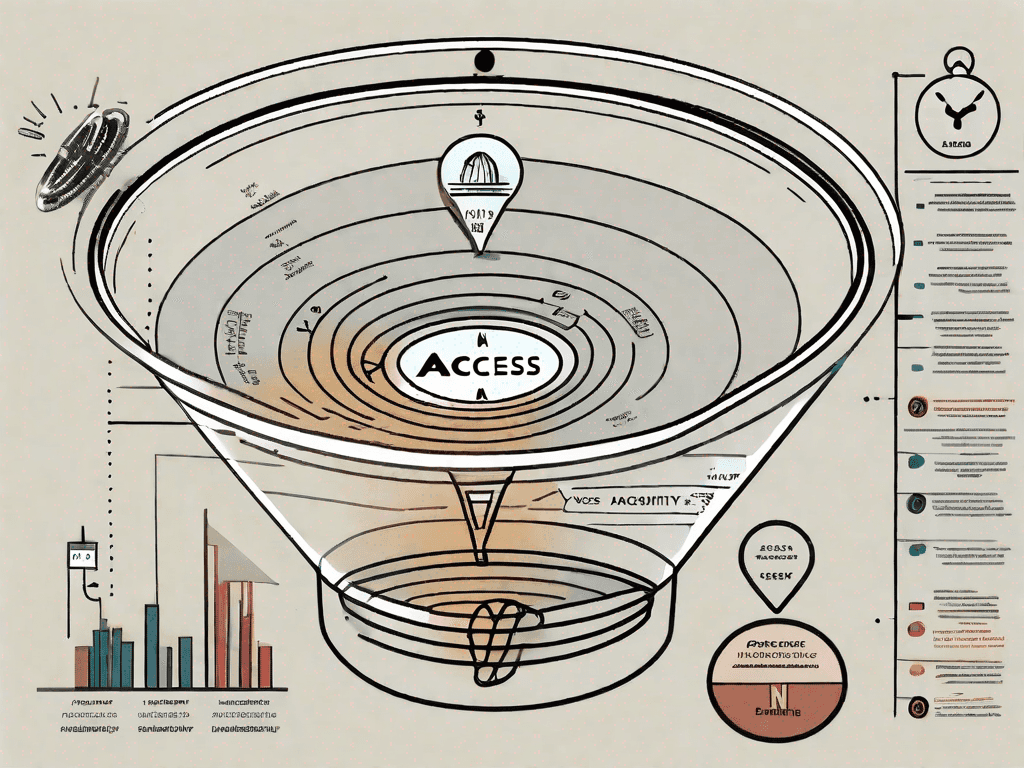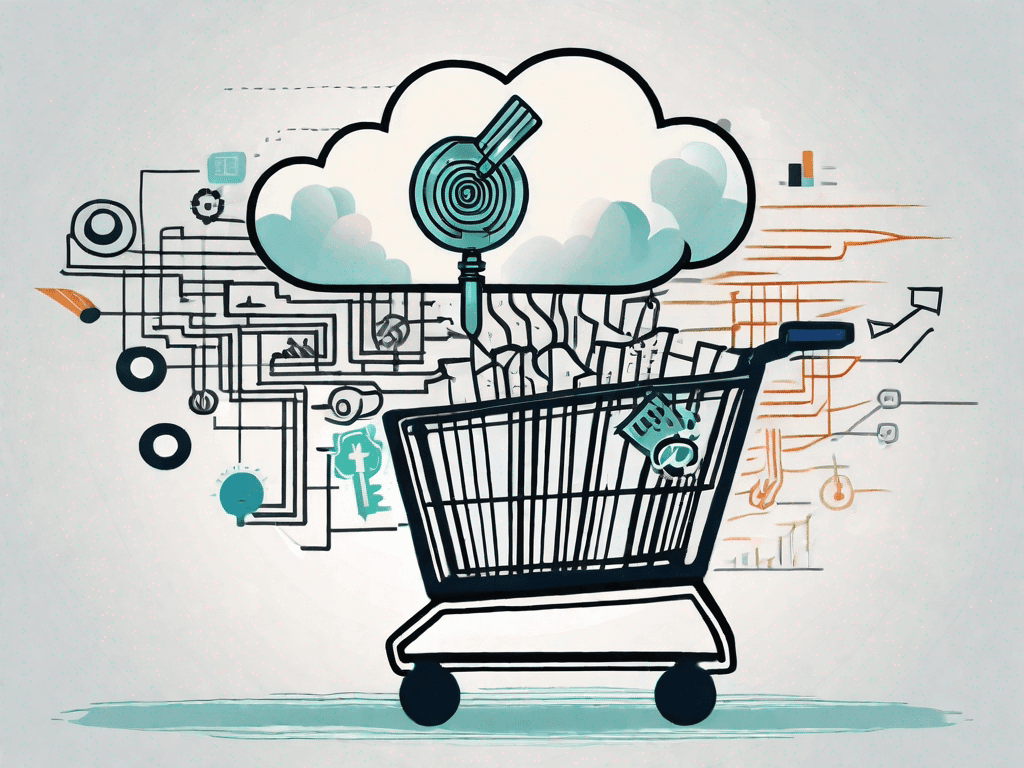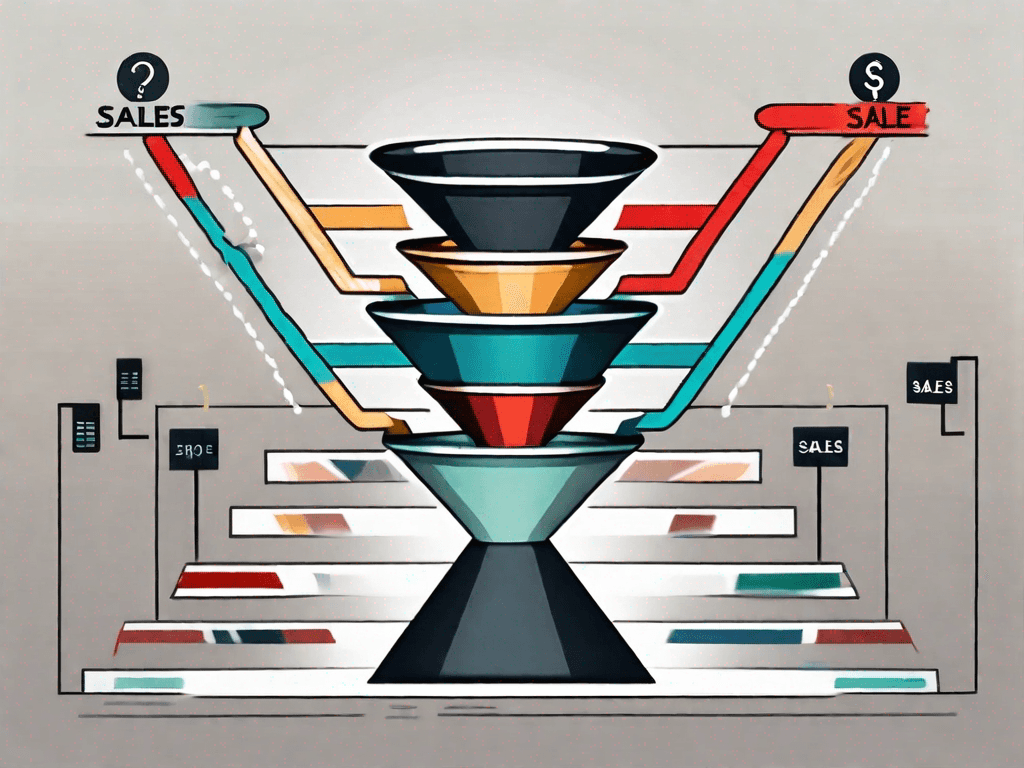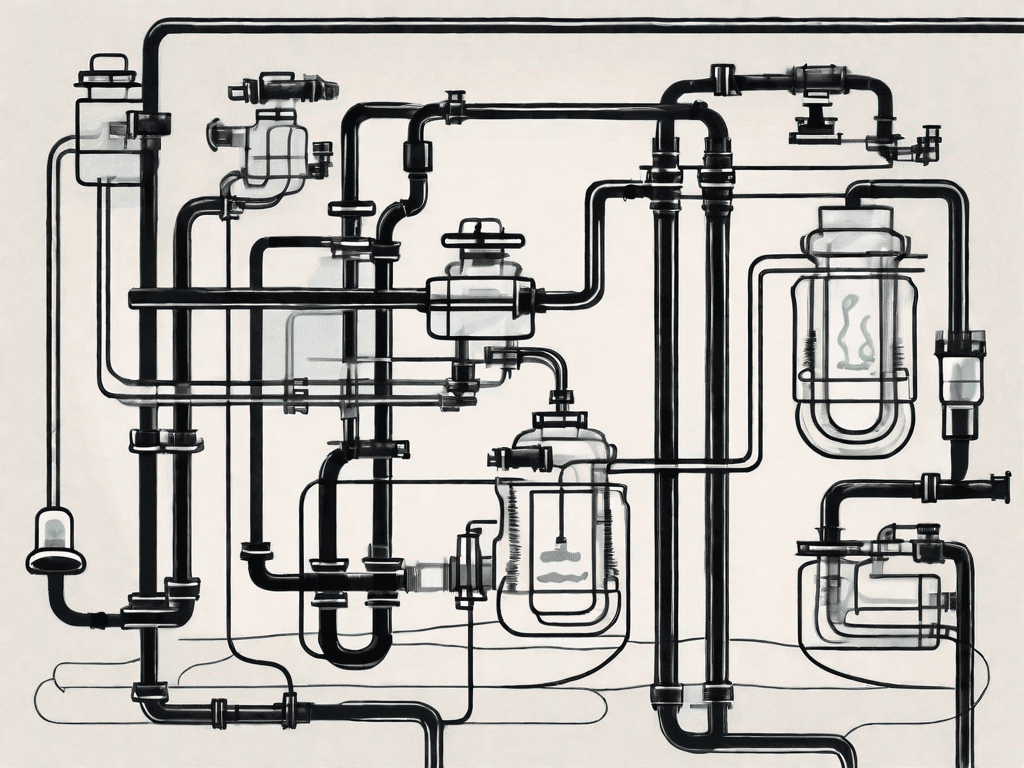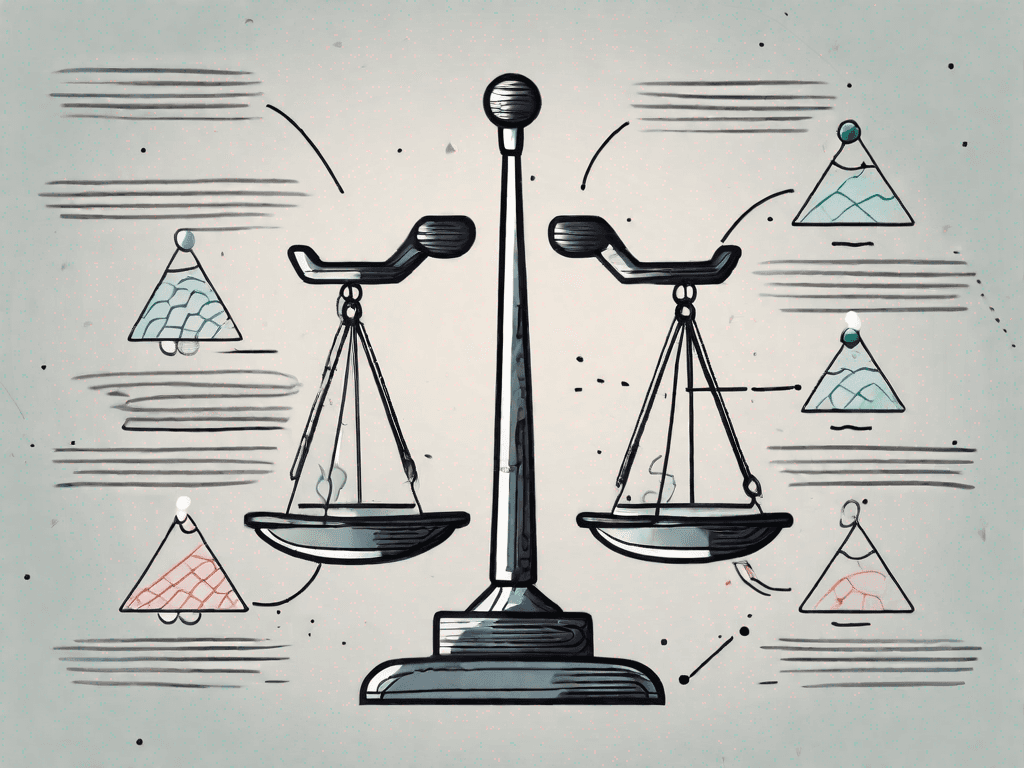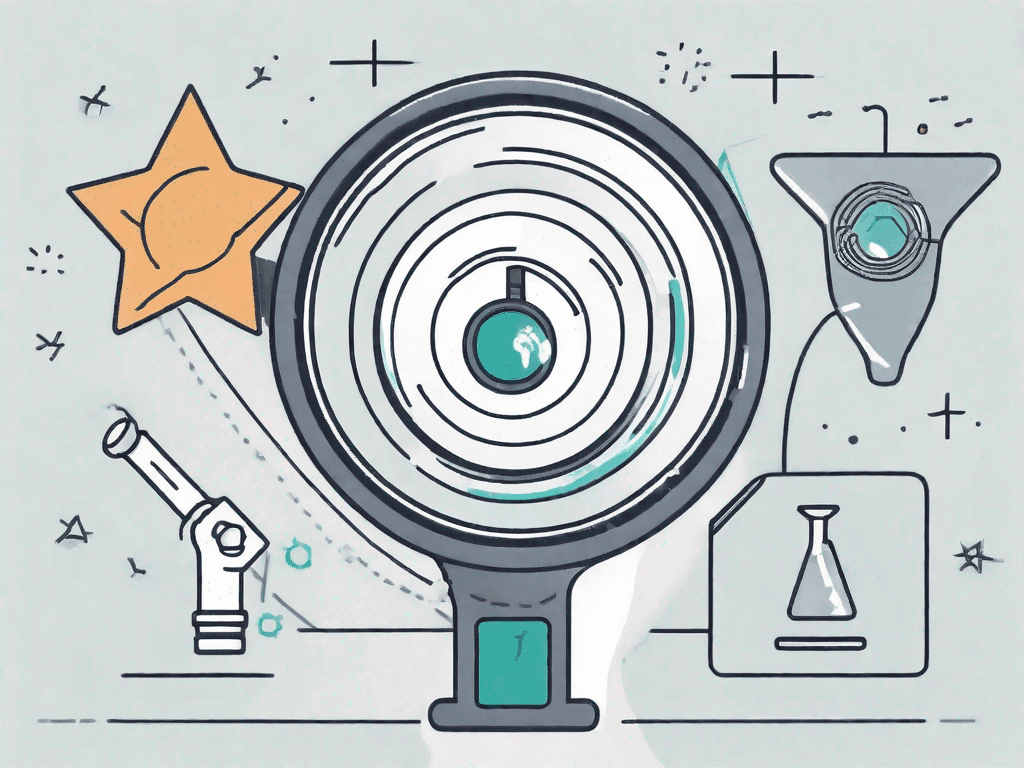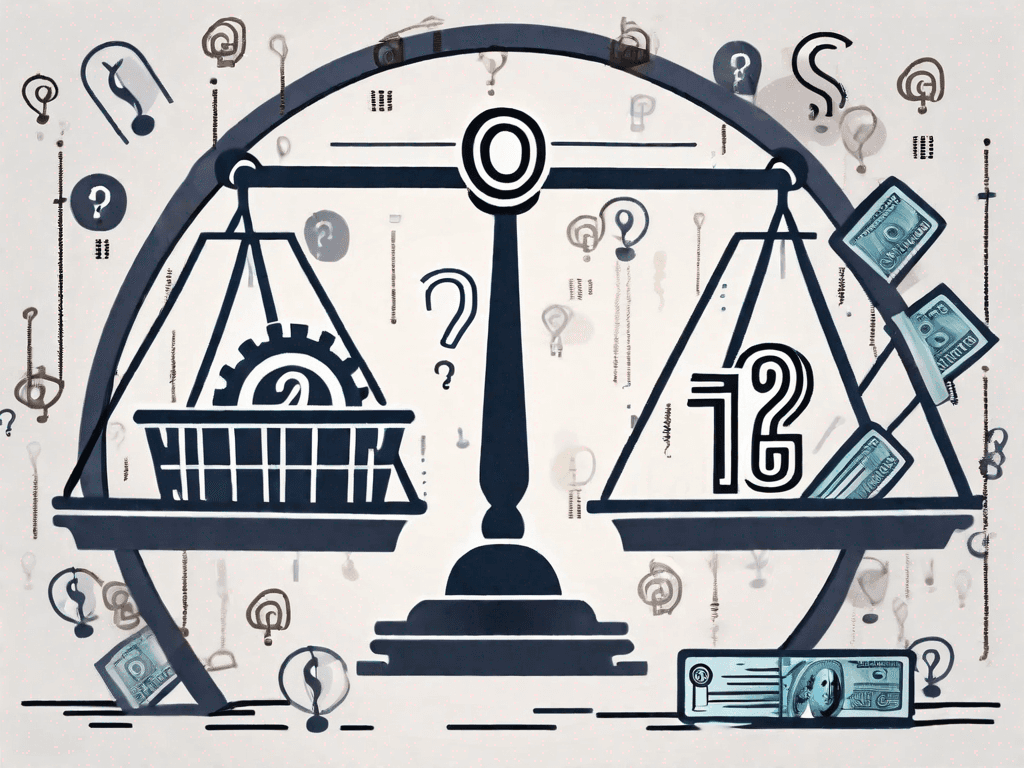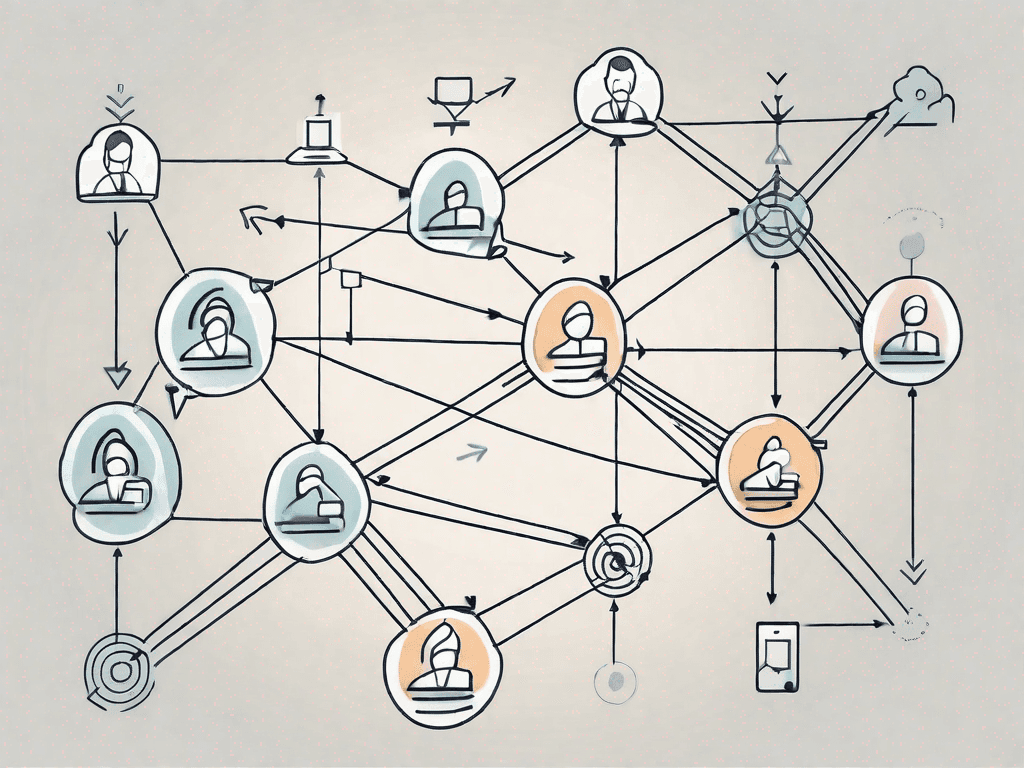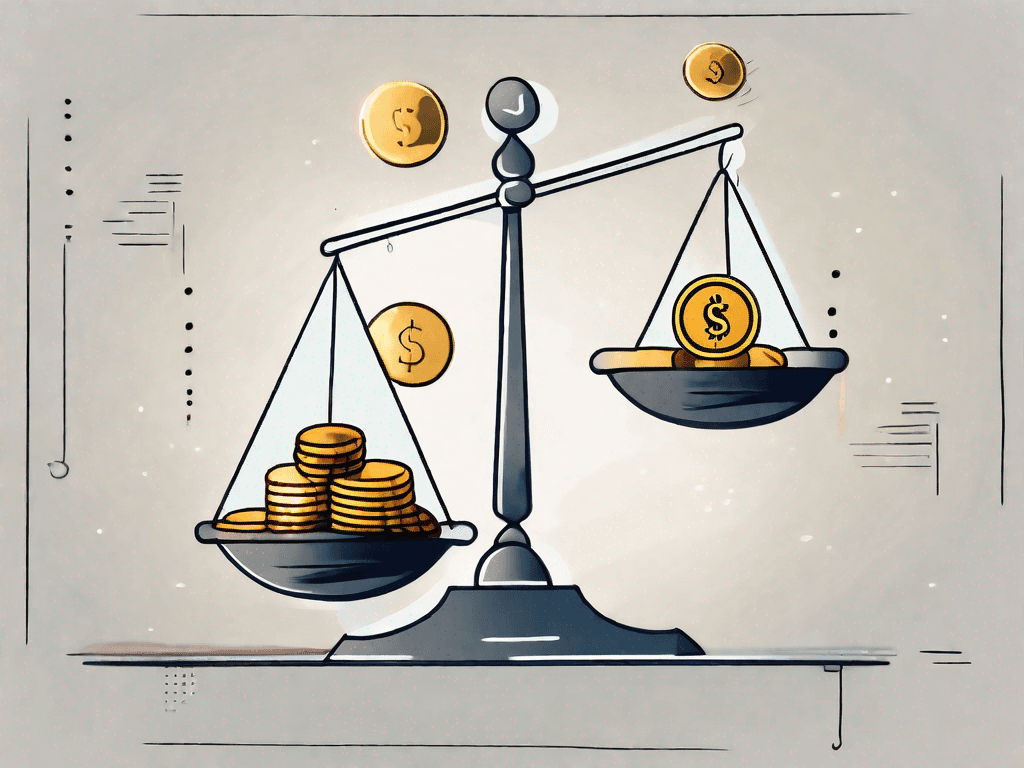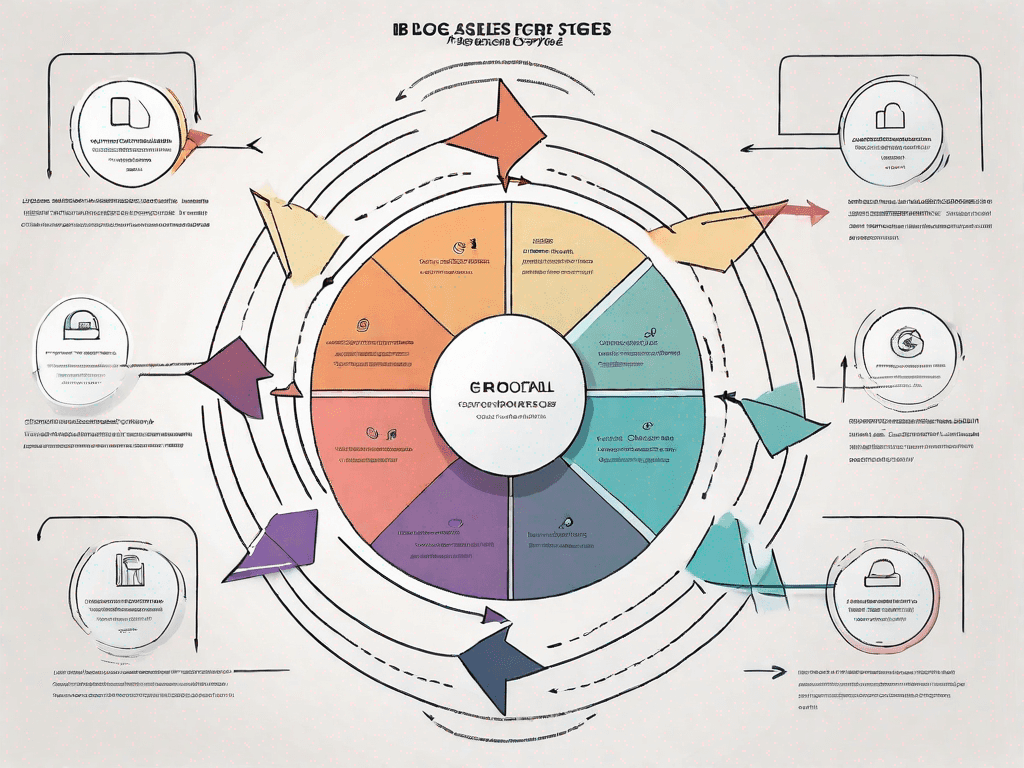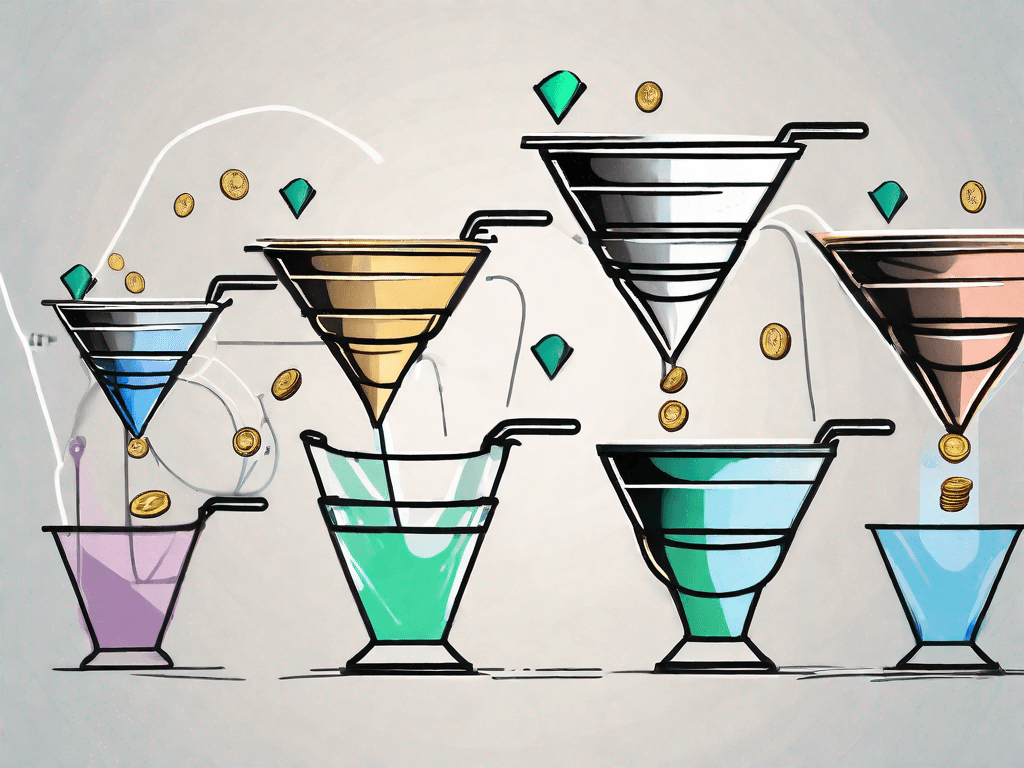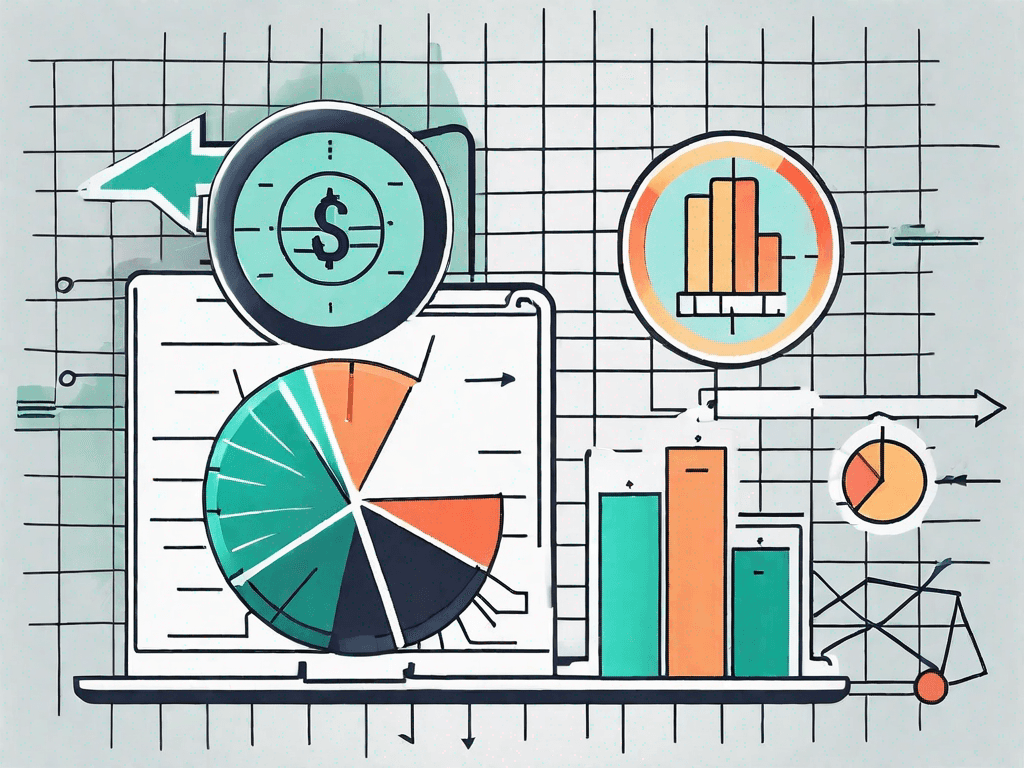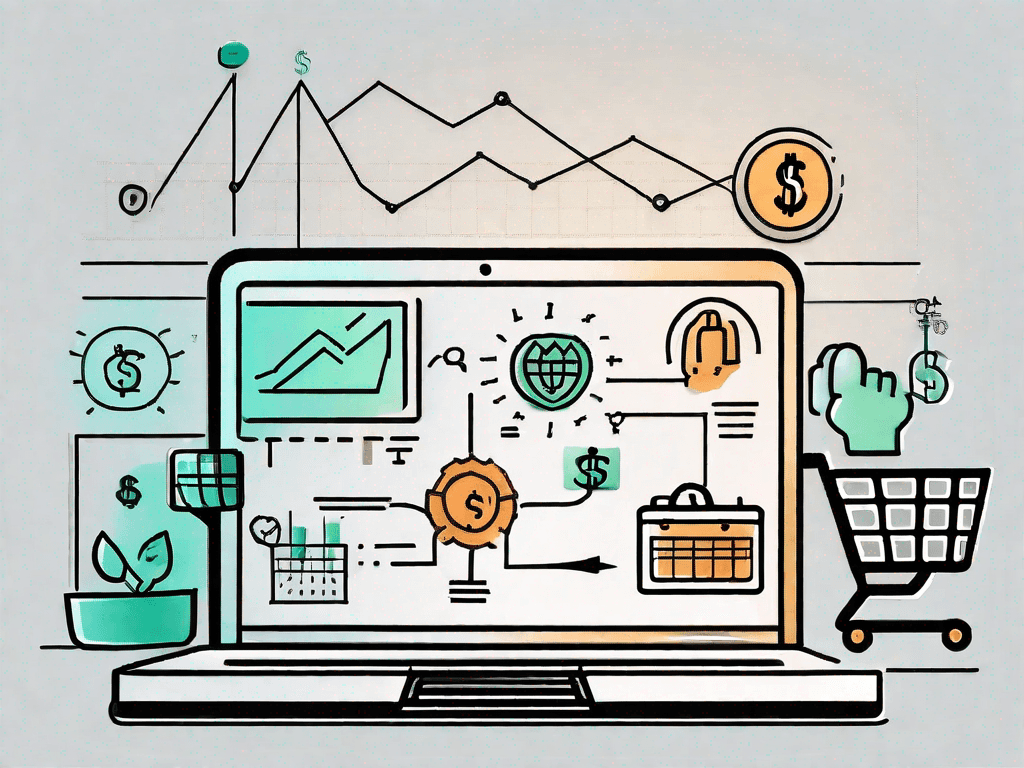
What is a Sales Pipeline? (Explained With Examples)
A sales pipeline is a visual representation of the stages that a potential customer goes through during the sales process. It illustrates the journey from lead generation to closing the deal. Each stage in the pipeline represents a specific action or milestone that brings the customer closer to making a purchase
What is a Sales Pipeline?
In its simplest form, a sales pipeline is a series of steps that guides sales professionals in managing their leads efficiently. It provides a clear overview of the sales process, allowing businesses to track their progress and identify areas for improvement.
A sales pipeline is more than just a linear progression from lead to sale. It is a dynamic and strategic tool that helps businesses navigate the complex world of sales. It is a roadmap that outlines the journey from initial contact to closing the deal, ensuring that no opportunity is missed along the way.
Definition of a Sales Pipeline
A sales pipeline is essentially a systematic approach to selling that helps businesses prioritize and manage their prospects. It outlines the different stages of the sales cycle and provides a visual representation of where each lead is within the process. This allows sales teams to focus their efforts on the most promising leads while ensuring a smooth progression towards closing deals.
Imagine a sales pipeline as a series of interconnected tunnels, each representing a stage in the sales process. The tunnels are filled with potential customers, and as they move through the pipeline, they are nurtured and guided towards making a purchase. The goal is to keep the pipeline flowing smoothly, ensuring a steady stream of leads and conversions.
Advantages of a Sales Pipeline
Implementing a sales pipeline offers several benefits for businesses:
Improved Sales Forecasting: By tracking leads in each stage, businesses can better predict their future revenue and plan accordingly. This allows for more accurate budgeting and resource allocation.
Enhanced Lead Management: A sales pipeline provides a structured approach to managing leads, ensuring that no potential opportunity slips through the cracks. It helps sales teams stay organized and prioritize their efforts effectively.
Increased Sales Performance: By monitoring and analyzing each stage of the sales process, businesses can identify weak points and implement strategies to improve their overall sales performance. This leads to higher conversion rates, increased revenue, and improved customer satisfaction.
Think of a sales pipeline as a well-oiled machine that optimizes the sales process. It streamlines operations, minimizes inefficiencies, and maximizes the chances of success.
Disadvantages of a Sales Pipeline
While a sales pipeline offers numerous benefits, it's important to be aware of the potential drawbacks:
Over-reliance on Numbers: Focusing solely on numbers and metrics may undervalue the importance of building genuine relationships with customers. While data-driven decision-making is essential, it should not overshadow the value of personalized interactions and understanding customer needs.
Cookie-Cutter Approach: A rigid sales pipeline may not accommodate the unique needs and preferences of individual customers, potentially hindering the sales process. It is crucial to strike a balance between following a structured approach and adapting to the specific requirements of each customer.
Increased Workload: Implementing a sales pipeline requires additional effort in terms of tracking and managing leads, which can be time-consuming for sales teams. It is important to allocate resources effectively and provide adequate training and support to ensure that the benefits of the pipeline outweigh the increased workload.
Despite these potential disadvantages, a well-designed and properly implemented sales pipeline can significantly improve sales efficiency and effectiveness. It provides a framework for success, enabling businesses to navigate the sales process with clarity and purpose.
Examples of a Sales Pipeline
Example in a Startup Context
Imagine a startup that has just launched a new software product. Their sales pipeline may consist of the following stages:
Lead Generation: The startup uses various marketing strategies to attract potential customers and generate leads.
Qualification: The leads are then evaluated to determine their level of interest and fit with the product.
Demonstration: A product demonstration is provided to interested prospects to showcase its features and benefits.
Negotiation: Pricing and terms are discussed, and negotiations take place to reach a mutually acceptable agreement.
Closing: The final step where the deal is successfully closed and the customer becomes a paying client.
By visualizing their sales pipeline, the startup can track their progress, identify bottlenecks, and make informed decisions to optimize their sales process.
In the lead generation stage, the startup may employ a combination of inbound and outbound marketing techniques. They might create engaging blog posts and social media content to attract potential customers. Additionally, they may run targeted online advertisements to reach a wider audience. By leveraging these strategies, the startup aims to generate a steady stream of leads and create awareness about their innovative software product.
Once the leads have been generated, the startup moves on to the qualification stage. Here, they carefully evaluate each lead to determine if they are a good fit for their product. They consider factors such as the lead's industry, budget, and specific needs. By qualifying leads effectively, the startup can focus their efforts on prospects who are most likely to convert into paying customers, saving time and resources.
After the qualification stage, the startup proceeds to the demonstration phase. They provide interested prospects with a detailed product demonstration, showcasing the software's features, functionalities, and benefits. This demonstration helps potential customers understand how the product can address their pain points and improve their business operations. The startup's sales team highlights the unique selling points of the software and addresses any questions or concerns the prospects may have.
Once the prospects have seen the product in action and expressed interest, the negotiation stage begins. Pricing and contract terms are discussed, and the startup's sales team works closely with the prospects to reach a mutually acceptable agreement. This stage requires effective communication and negotiation skills to ensure both parties are satisfied with the proposed terms. The startup may offer flexible pricing options or additional incentives to close the deal successfully.
Finally, in the closing stage, the startup seals the deal, and the prospect becomes a paying client. This is the culmination of the sales process, and it signifies a successful conversion. The startup celebrates this milestone and begins the onboarding process to ensure a smooth transition for the new client.
Example in a Consulting Context
In a consulting firm, the sales pipeline may have the following stages:
Initial Meeting: An initial meeting is scheduled with the potential client to understand their needs and objectives.
Needs Analysis: A thorough analysis is conducted to identify the client's specific requirements and challenges.
Proposal: A detailed proposal is prepared, outlining the recommended approach and pricing.
Negotiation: Any concerns or objections from the client are addressed, and negotiations take place to reach a mutually agreeable contract.
Engagement: The client signs the contract, and the consulting services are officially engaged.
By visualizing their sales pipeline, consulting firms can effectively manage their client relationships and ensure a successful engagement for both parties.
In the initial meeting stage, the consulting firm aims to establish a rapport with the potential client and gain a deep understanding of their needs and objectives. They ask probing questions and actively listen to the client's challenges and pain points. This stage is crucial for building trust and setting the foundation for a successful consulting engagement.
Once the initial meeting is complete, the consulting firm moves on to the needs analysis stage. Here, they conduct a comprehensive analysis of the client's specific requirements and challenges. They may gather data, conduct interviews, and perform market research to gain valuable insights. This analysis helps the consulting firm tailor their proposed solutions to address the client's unique needs effectively.
Based on the needs analysis, the consulting firm prepares a detailed proposal. The proposal outlines the recommended approach, strategies, and pricing for the consulting engagement. The firm highlights their expertise and past successes to instill confidence in the client. The proposal serves as a roadmap for the consulting engagement, providing a clear plan of action and expected outcomes.
During the negotiation stage, the consulting firm addresses any concerns or objections raised by the client. They work collaboratively to reach a mutually agreeable contract that aligns with the client's budget and expectations. Effective negotiation skills and a focus on win-win outcomes are essential in this stage to ensure a successful partnership.
Once the contract is signed, the consulting services are officially engaged. This marks the beginning of the engagement stage, where the consulting firm starts working closely with the client to implement the proposed solutions. Regular communication, progress updates, and performance tracking are crucial during this stage to ensure the consulting engagement delivers the desired results.
Example in a Digital Marketing Agency Context
In a digital marketing agency, the sales pipeline may include the following stages:
Lead Generation: The agency uses various channels such as content marketing, social media, and SEO to generate leads.
Qualification: The leads are evaluated based on their needs and budget to determine if they are a good fit for the agency's services.
Strategy Development: A customized digital marketing strategy is devised to meet the client's goals and objectives.
Presentation: The strategy is presented to the client, highlighting the anticipated results and the agency's expertise.
Contract Negotiation: Pricing and terms are discussed, and negotiations take place to reach an agreement.
Onboarding: Once the contract is signed, the agency onboards the client and begins implementing the agreed-upon strategy.
By utilizing a sales pipeline, digital marketing agencies can streamline their processes and ensure a seamless transition from lead generation to client success.
In the lead generation stage, digital marketing agencies employ a combination of inbound and outbound marketing strategies to attract potential clients. They create valuable content, optimize websites for search engines, and leverage social media platforms to generate leads. By targeting the right audience and delivering compelling messages, digital marketing agencies aim to capture the attention of potential clients and establish themselves as industry experts.
Once leads are generated, the agency moves on to the qualification stage. They evaluate each lead based on their specific needs, budget, and compatibility with the agency's services. This stage involves conducting thorough research and analysis to ensure that the agency can provide the desired results for the client. By qualifying leads effectively, digital marketing agencies can focus their efforts on clients who are most likely to benefit from their services.
After qualifying leads, the agency proceeds to the strategy development stage. Here, they create a customized digital marketing strategy tailored to the client's goals and objectives. The agency's team of experts analyzes the client's industry, target audience, and competition to devise a comprehensive plan. The strategy may include elements such as content creation, social media management, search engine optimization, and paid advertising. The agency presents the strategy to the client, highlighting the anticipated results and demonstrating their expertise in the field.
During the contract negotiation stage, the agency and the client discuss pricing, terms, and deliverables. Both parties work together to reach an agreement that satisfies the client's budget and expectations. The agency may offer different pricing packages or additional services to accommodate the client's specific needs. Effective communication and negotiation skills are crucial in this stage to ensure a mutually beneficial partnership.
Once the contract is signed, the agency moves on to the onboarding stage. They onboard the client into their client portal, such as Service Provider Pro, providing necessary information and resources to kickstart the implementation of the agreed-upon strategy. The agency establishes clear communication channels, sets expectations, and begins executing the digital marketing plan. Regular reporting and performance tracking are essential during this stage to measure the effectiveness of the strategy and make any necessary adjustments.
Example with Analogies
To further understand the concept of a sales pipeline, let's consider an analogy:
Imagine a gardener who wants to grow a beautiful garden. They start by preparing the soil (lead generation), then plant the seeds (qualification). As the plants grow, they nurture them with water, sunlight, and fertilizer (demonstration, negotiation). Finally, they enjoy the blooming flowers (closing) as the result of their hard work. The gardener's systematic approach ensures a thriving garden, just as a sales pipeline ensures successful conversions.
In conclusion, a sales pipeline is an essential tool in modern sales management. It allows businesses to organize and streamline their sales process, improving their forecasting accuracy and overall performance. With the help of real-life examples, we can better understand how a sales pipeline can be implemented across various industries. Whether you're running a startup, working in consulting, or managing a digital marketing agency, adopting a sales pipeline strategy can significantly enhance your sales efforts and drive sustainable business growth.



